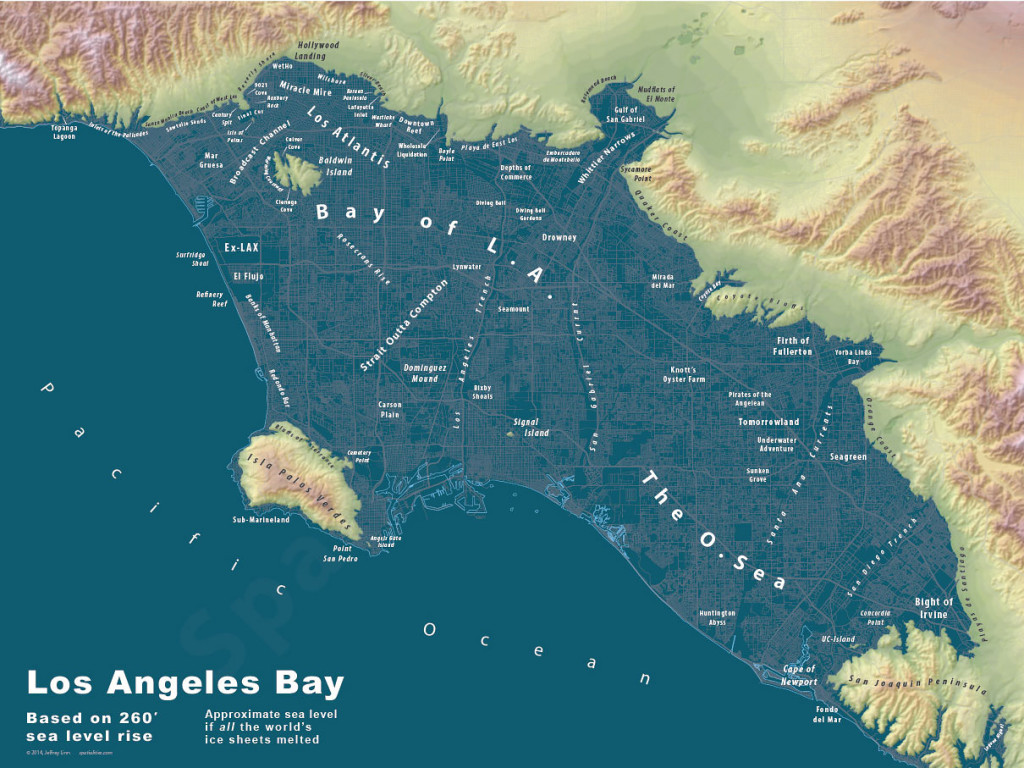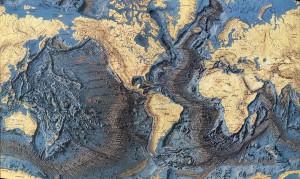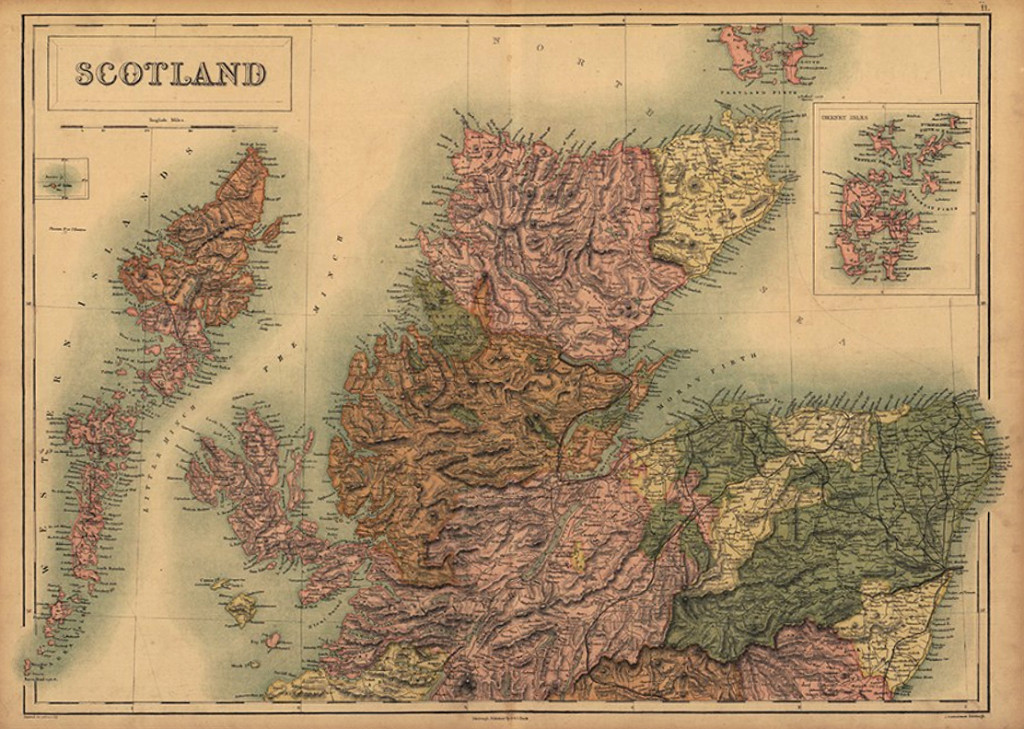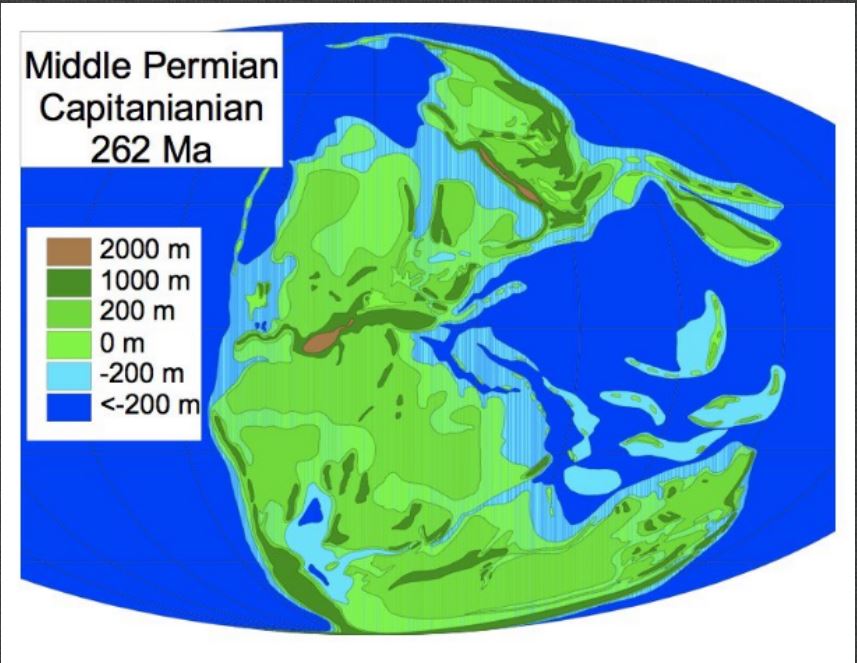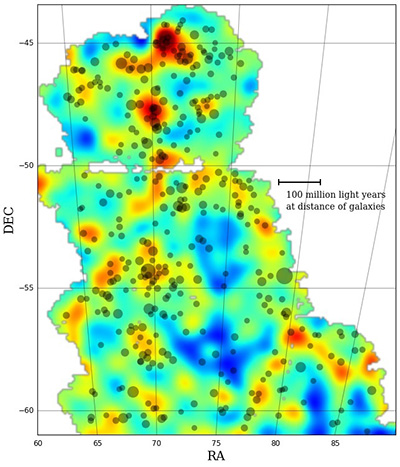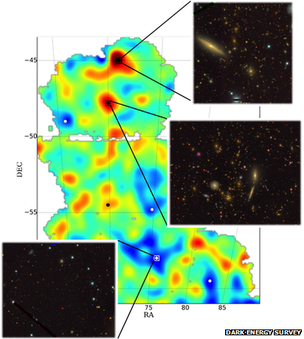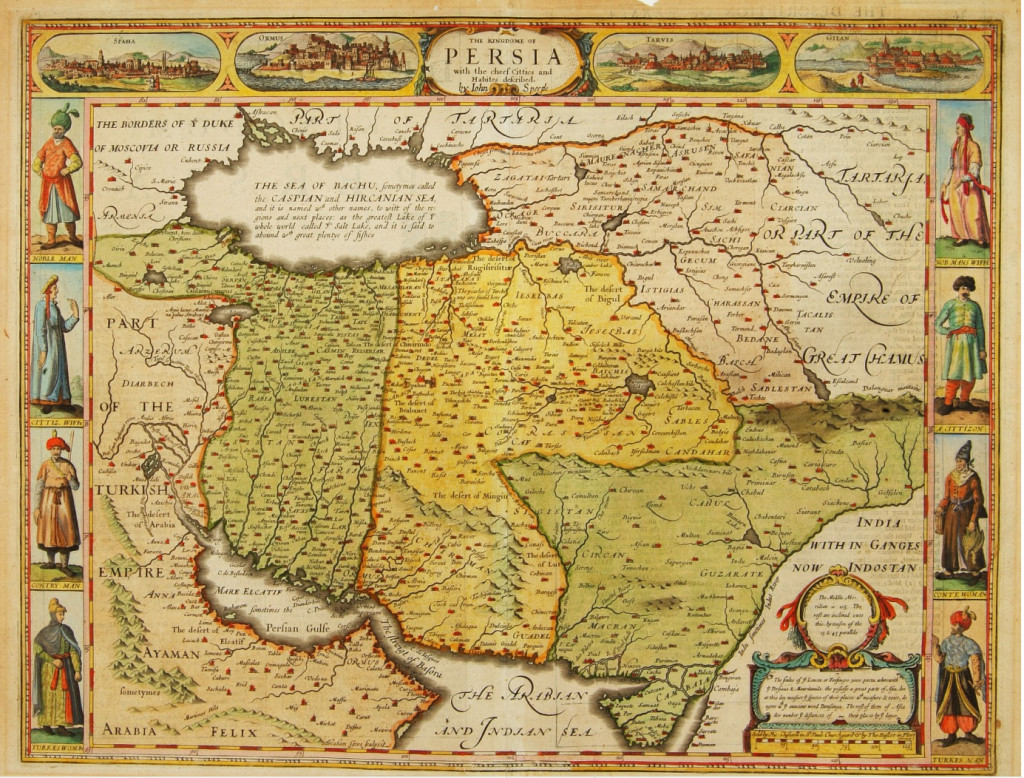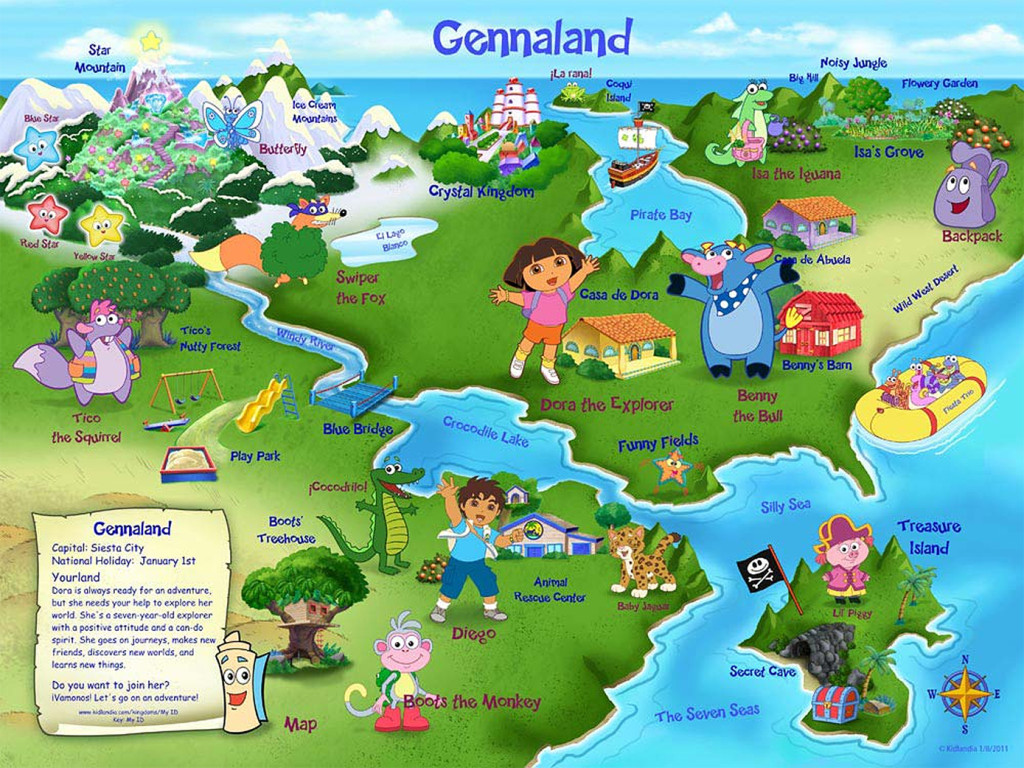An article published in the scientific journal Nature reveals discoveries in the genetic history of the British-Celtic people.

Much of today’s British population reflects the geopolitical situation that existed there 1,500 years ago. More startling is the finding that the Celts were not one homogenized, racially connected population.
According to the abstract of the article, genetic data was scrutinized from a “carefully chosen geographically diverse sample of 2,039 individuals from the United Kingdom” and was compared with the “regional genetic differentiation and differing patterns of shared ancestry with 6,209 individuals from across Europe.” The British group consisted of people whose four grandparents all came from the same rural area, suggesting longtime residency.
Distant Relations
I remember seeing a television special about a neolithic corpse found well-preserved in a cave overlooking a community in Northwest England. Scientists were able to get a good sample of his DNA, which they compared to the DNA of a classroom of young students from the nearby town. One person in that classroom, the teacher in fact, turned out to be a match. He was a direct decedent of the ancient Briton found in the cave!
But these recent discoveries show this may not be all that unusual an occurrence.
Two significant surprises arose once the data from this large study was analyzed. First of all, while their findings show an expected migration of Europeans into Southeastern England before and after the Roman occupation, their genetic contribution to the current population is less than half. Even more surprising is the fact that the Celts of Britain were not a single racial group, but truly separate peoples confined to specific regions, which were connected through culture and tradition, but were not actually related to one another.
It has been assumed that the Anglo-Saxons had replaced the Celts after pushing them to the outermost fringes of the landmass through a series of conquests. It is now clear that they mixed and mingled with them to a much larger extent than previously supposed.
Unlike the Viking and Norman invaders who ruled large sections of Britain for many years but left little to no genetic markers among the general population, the Anglo-Saxons lived separately from the original inhabitants for only a short time before they began to intermarry with Celts on their way to creating the modern Englishman.
Rather than being exterminated through war or the introduction of disease, the local Celts more likely were assimilated into the new culture.
Unique to Themselves
But the biggest surprise for me comes when looking into the Celtic connection. The Celts were anything but a single people. The findings “show that in non-Saxon parts of the United Kingdom, there exist genetically differentiated subgroups rather than a general ‘Celtic’ population.”
As the map illustrates, some of the most interesting discoveries include:
The Southeast English contain a notable amount of Celtic blood melded with Anglo-Saxon.
The Cornish, while Celts, are more closely related to the English than previously thought, but remain distinct from the people of Devon, just as the people of Devon remain genetically distinct from the rest of England.
The Welsh bear no genetic relationship with the Scots, and the Northern Welsh are less closely related to the Southern Welsh than the Scots or Cornish are to the English.
The Northern English consist of different groups, all more closely related to their ancient locals than to the southerners, while some are more closely related to the Scots than others.
The two major genetic groups of Northern Ireland remain separate from the “Irish” and from each other after all these years, one having been there since the ancient kingdoms centered on Scotland’s Kintyre peninsula and the Isle of Islay, the other migrating from the Scottish Lowlands around 1600.
Enviable Lineage
As an American, my heritage derived from Scottish, English, and Welsh ancestry is fascinating to me. Since we have a relatively short history on this side of the world, I am also fascinated by the sheer depth of unbroken years where peoples ate, drank, and were merry among their friends and family in places like England for eons before recorded history.
And I find it remarkable and amazing that a place the size of Britain, which is roughly as large as Ohio and the southern part of Michigan, had such unique and different kinds of people, with their own ways and idiosyncrasies, and still do to this very day.
It is hoped these recent findings shall provided added inspiration for the modern resurgence in regional pride and the celebration of local customs and culture across the United Kingdom. For example, only in recent years has the official Received Pronunciation taught at school made room for accents of “regional colour” among the announcers and personalities heard on the BBC. The more the merrier, I say.
And you can read more about these recent scientific findings in the very nice article at the BBC website HERE.
Read the article abstract, see more maps, or purchase the full article at Nature‘s website HERE.
